
|
Just to purge my grimies before the holidays REALLY arrive, I decided to write about a place I did not admire -- and why. Blenheim Palace in Oxfordshire is one of Britain's most-visited country houses, and you know how I aspire to visit them all. It is extravagantly magnificent and filled with treasures. So why didn't I enjoy my visit to Blenheim? Perhaps the most interesting aspect of the great country houses, at least to me, is the families who lived in them. Blenheim Palace seems to have had more unhappiness than good cheer. I have not yet seen the film The Favourite, but two of the principal characters were concerned with the building of Blenheim: Queen Anne and Sarah Jennings Churchill, the first Duchess of Marlborough, below in a portrait by Sir Godfrey Kneller, dated 1702, National Portrait Gallery, London. Sarah was a close confidante of Queen Anne, and the wife of John Churchill, first Duke of Marlborough. When the Duke was victorious over the French in the Battle of Blenheim in 1704, Anne proposed to build the Marlboroughs a great national monument as a Palace for their use in the royal manor of Woodstock in Oxfordshire. Thus began the long and often sad saga of the house ad family. Below, John Churchill, by Sir Godfrey Kneller, NPG. While her husband was away leading British armies Sarah quarreled with everyone, the Queen and the architect John Van Brugh; Sarah wanted a livable home while the others wanted a Palace of Versailles for England. Angry, the Queen reneged on her payments, beginning several centuries of struggle for the Churchill family, later known as the Spencer-Churchills, to support the estate financially. Below, Queen Anne, after John Clostermann, 1702. The Spencer-Churchills were not a particularly wealthy family and the requirements of court life and maintenance of Blenheim were a severe burden. Charles, the 9th duke (1871-1934) turned to an American alliance to rescue Blenheim from its debts. His marriage to Consuelo Vanderbilt was notoriously unhappy and ended in divorce after she provided bundles of money plus an heir and a spare. The portrait below was painted by John Singer Sargent in 1905. The 9th duke's cousin was Winston Churchill (1874-1965), grandson of the 7th Duke of Marlborough, and also the son of an American heiress, Jennie Jerome, wife of Randolph Churchill. Below, Sir Winston photographed in 1941 by Yousuf Karsh of Ottawa. If Winston had been responsible for the care of Blenheim, how could he have saved the world in WWII? So far I have not provided many reasons for disliking Blenheim, beyond the travails of its owners. Which, I believe, counts for a lot. I also found its appearance unwelcoming, harsh, and unfriendly both outside and in. Upon approaching the front entrance, it seems to be frowning at the visitor. The corner turrets atop the towers are militaristic, supposed to be like bursting battle explosions. Though the front pediment is of Roman sternness, it seems Van Brugh and his associate Hawksmoor, could not stop adding baroque embellishments elsewhere. Or perhaps they had a fire sale at the stone curlicue dealer.  Above, the Green Writing-Room with the Battle of Blenheim tapestry. The rooms are small, almost claustrophobic with their huge and overwhelming tapestries and little natural light. Rarely did a room look like you could relax with a cuppa and a good book without fearing that some army battalion would come marching upon you. Obviously these State Rooms are not where the family could hideaway but one can easily see why Sarah wanted a less magisterial home. The Long Library was altered from its original purpose as a picture gallery and though it is now furnished as a relatively comfortable sitting room, it still seems prickly to me. The family tree, displayed in the foreground of the picture. traces the family back to the 8th century Charlemagne, not (as usually in country houses) merely to 1066. Though I do not like the house or the interiors, the pleasure park and gardens are brilliant. One of the triumphs of Lancelot "Capability" Brown, the grounds contain a lake, the brilliant bridge by Van Brugh, the Grand Cascade, the Victory Column, and much much more. Below, the Bridge. I hope you have the opportunity to visit Blenheim, preferably during a season when the lawns are fully green. In the summer I first visited, here is how the grass looked. Maybe you will love it and I welcome the comments of anyone who wants to challenge my opinion of the place!
2 Comments
12/8/2018 11:56:14 am
There are larger and grander constructions of similar type to Blenheim. I think it was built in the prevailing style of the period. While I agree with you that the interior gives an impression of gloomy grandeur, I do not share your opinion of the 'militaristic' features of the architecture. Personally i love the Italian Garden to the side of the house; and the grounds are beyond magnificent. I also like that they are so often open to the public via a huge range of events and activities. [And the drought of summer 2018 was very severe.]
Reply
Leave a Reply. |
Victoria Hinshaw, Author
Archives
July 2024
Categories |



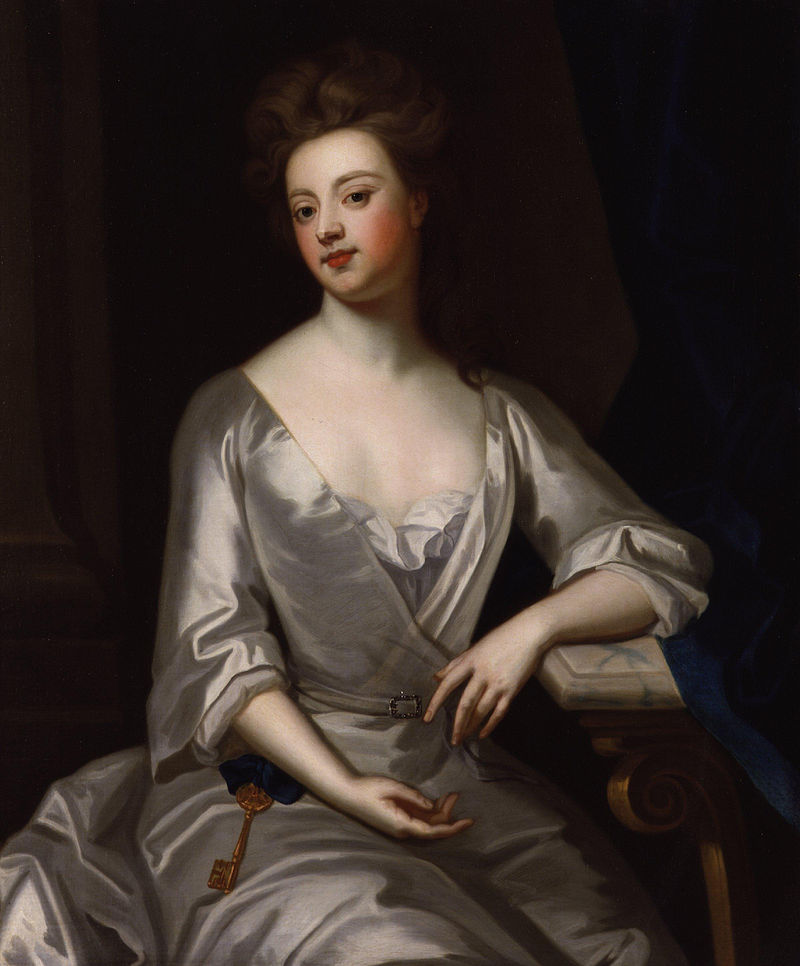

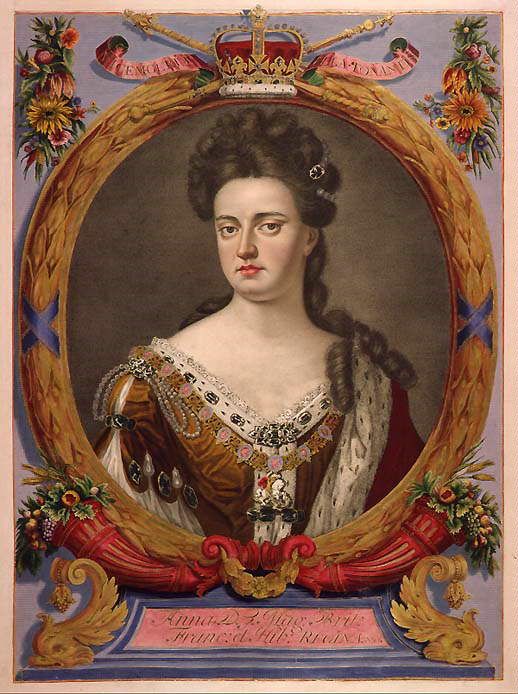
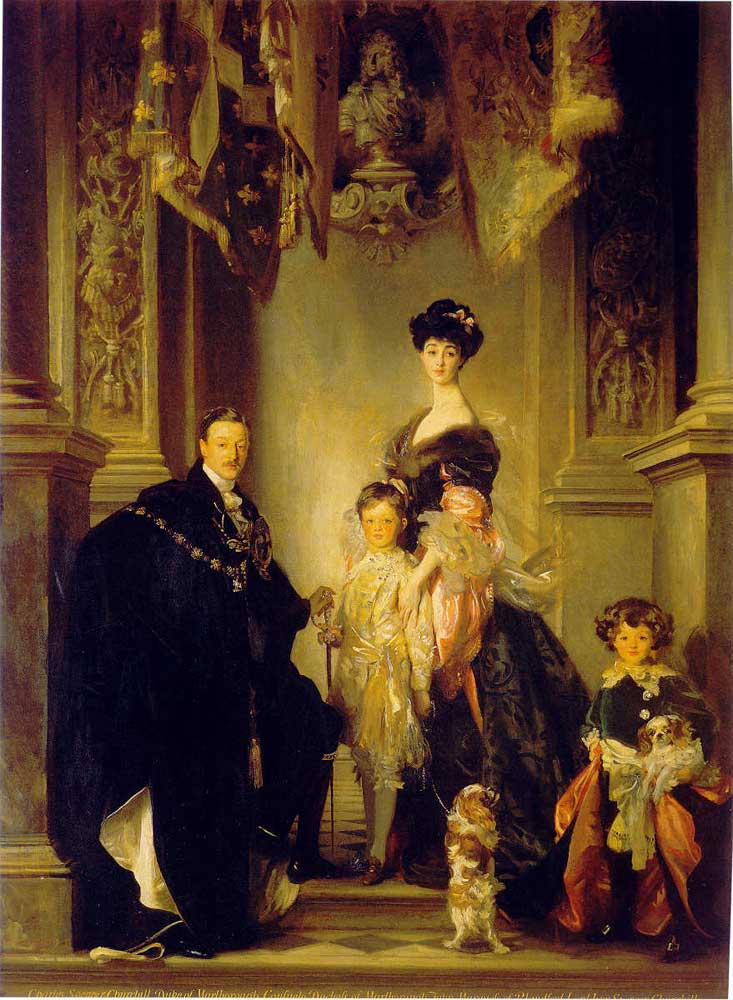
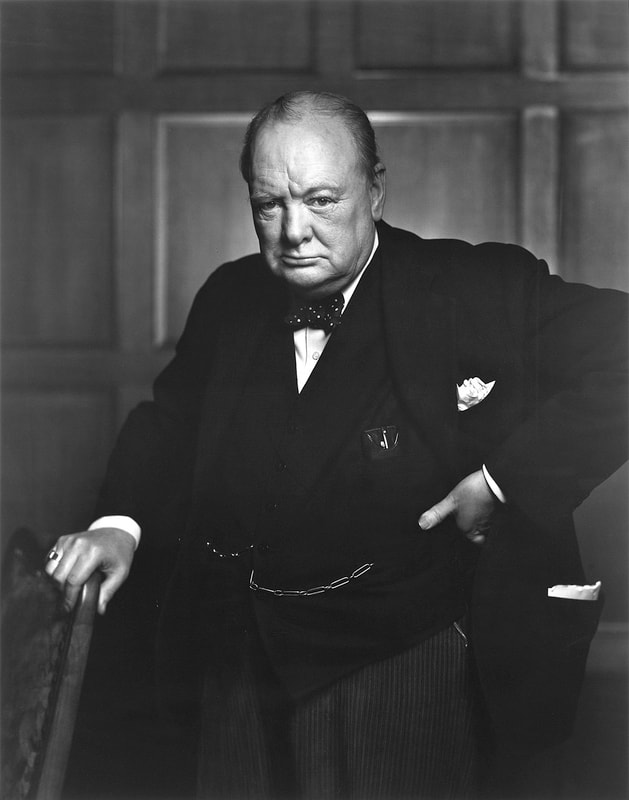
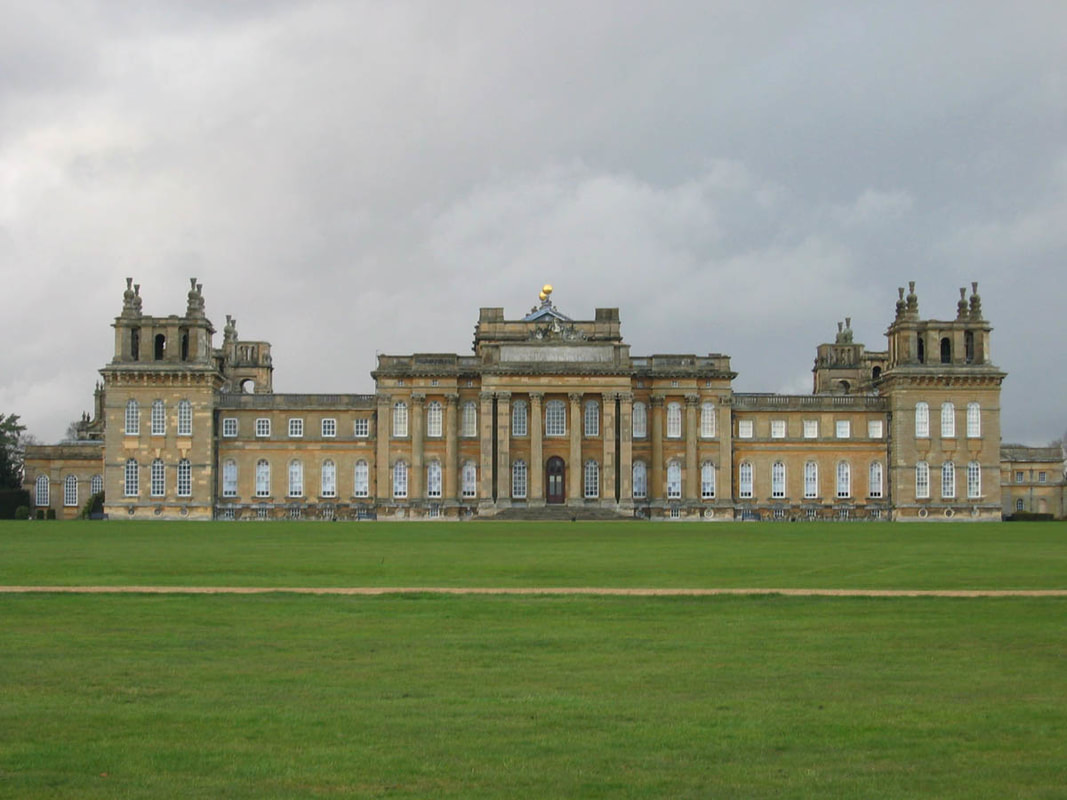


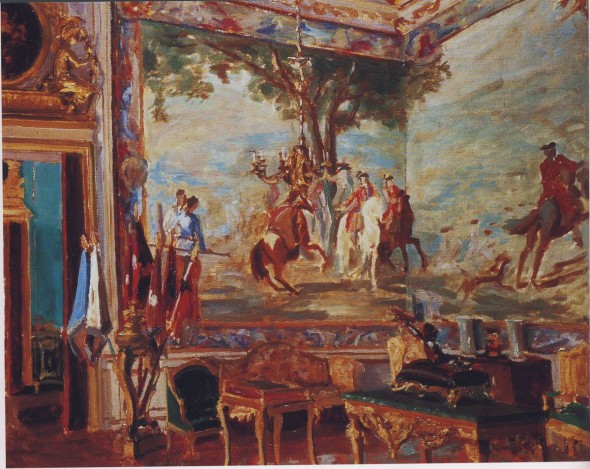

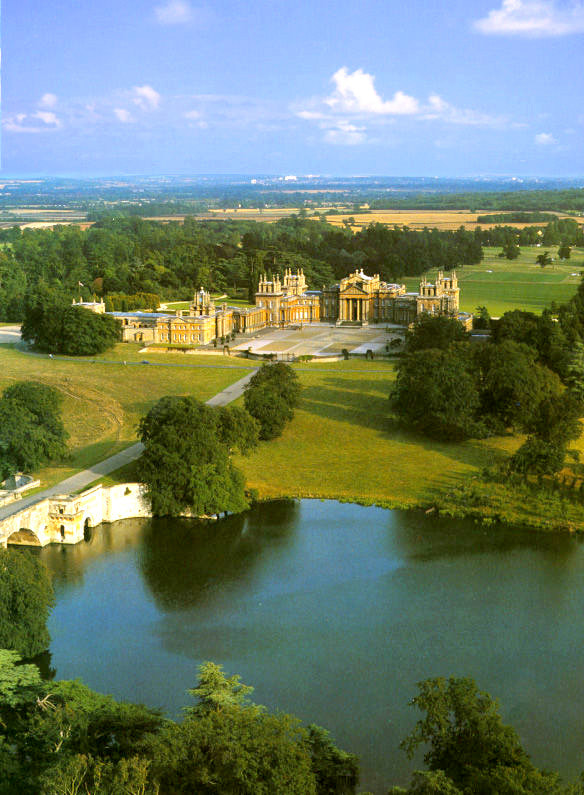

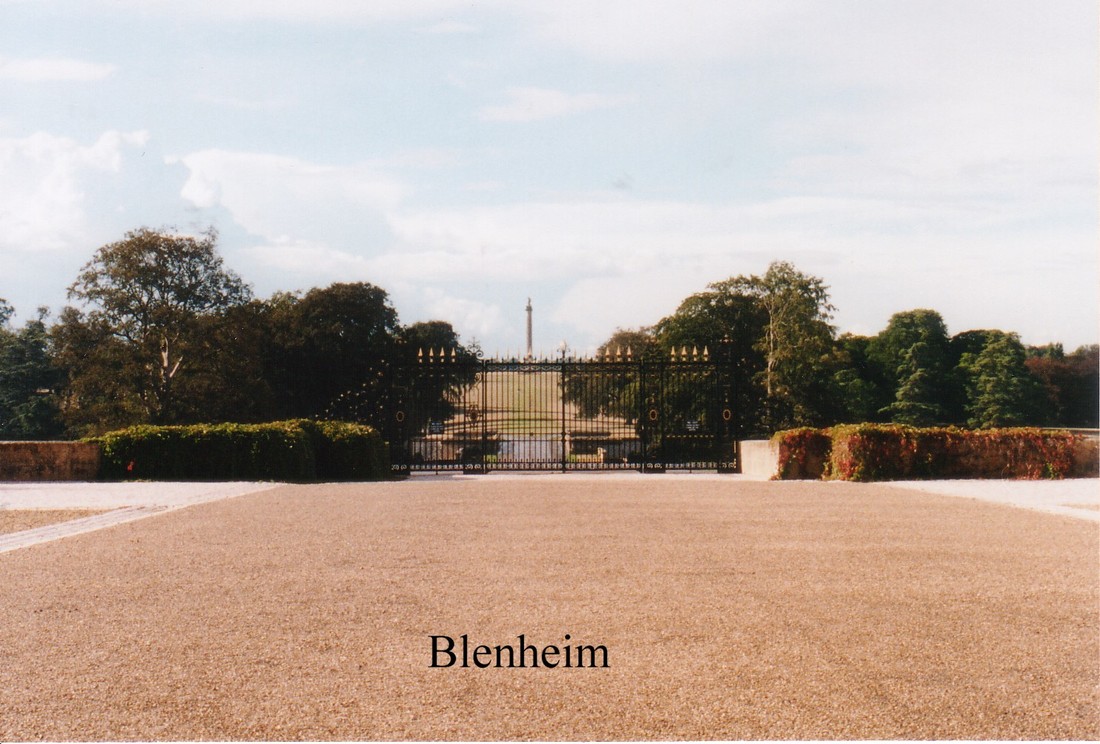
 RSS Feed
RSS Feed